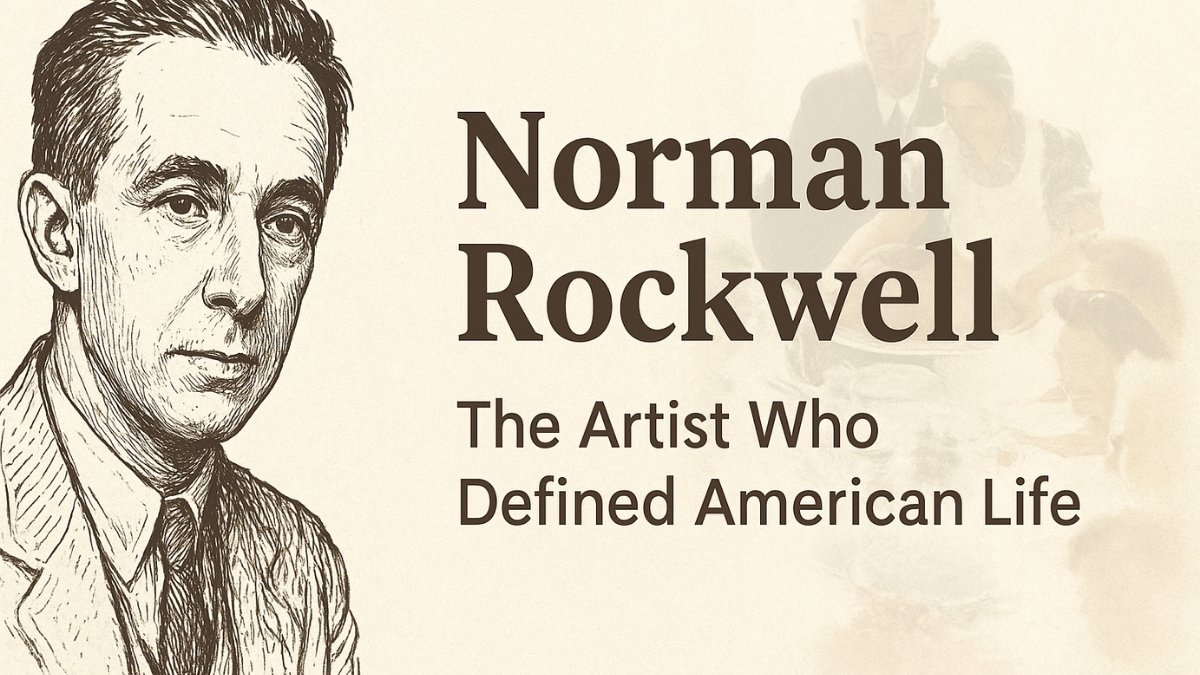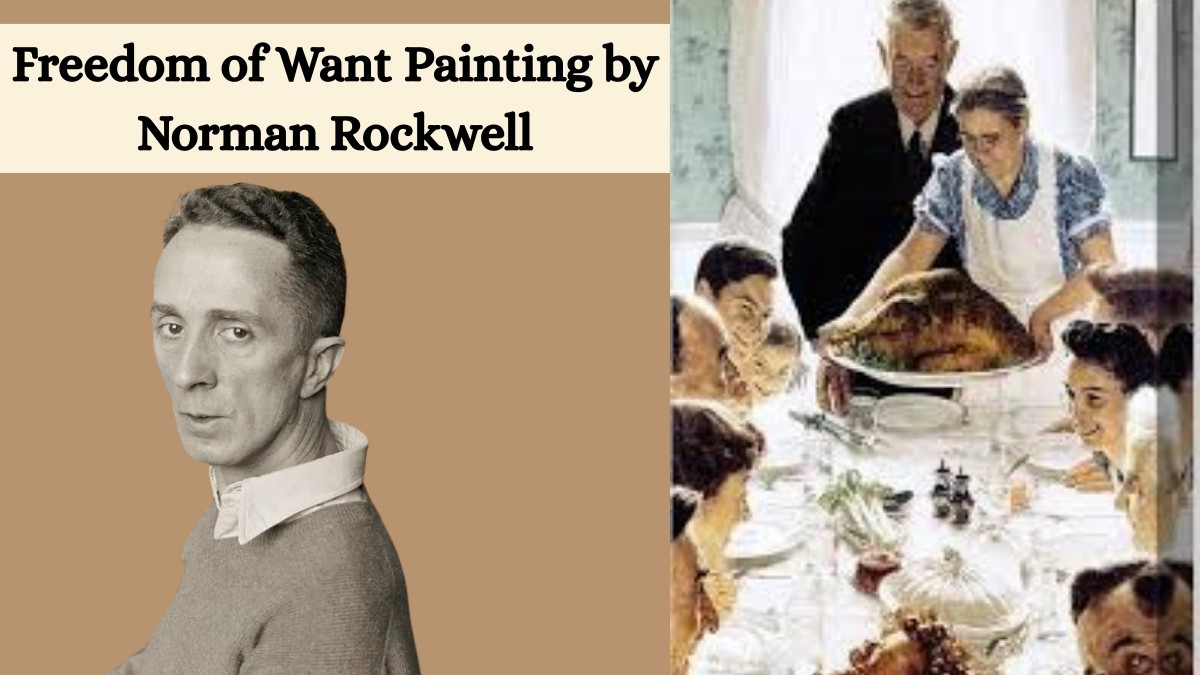Do you know who was Norman Percevel Rockwell? He was an American painter and illustrator who was one of the most recognisable artistic voices in American culture. He is remebered especially during cherished traditions like Thanksgiving.
Norman Rockwell's Paintings are famous for their iconic holiday illustrations that captures family gatherings and gratitude. They continue to shape how Americans imagine and celebrate Thanksgiving even today.

But what made his work resonate so deeply? His small-town humour, powerful social commentary through all the images he created still shape America’s collective memory today. His blend of artistry, storytelling, and cultural insight, shaped a legacy that continues to captivate audiences decades after his final brushstroke. Let us learn more about his life through this blog.
Early Life
Norman Rockwell was born on February 3, 1894, in New York City. He left high school at 14 to study at the Chase Art School. He later got trained at the National Academy of Design and the Art Students League. By his late teens, he was illustrating for Boys’ Life, marking his professional beginning.
Career
Rockwell’s profession of art began early, but his breakthrough came in 1916 when he sold his first cover to The Saturday Evening Post. The cover, Mother’s Day Off, opened the door to a historic partnership.
Over 47 years, he produced 323 Post covers. Many of them became iconic depictions of the American experience. Over the next five decades, he established himself as one of the most recognisable illustrators in American art. He even produced hundreds of works that captured everyday life, national values, and evolving social issues.
His career spanned humour, patriotism, war, civil rights, and cultural storytelling. This made him a central figure in 20th-century American visual culture. He became one of America’s most celebrated artists for his warm, narrative-rich scenes that turned everyday life into unforgettable visual stories.
Major Achievements

(Photo Note: A sketch-style portrait of Rockwell with his Thanksgiving dinner painting (Freedom from Want) subtly in the background.)
During World War II, he created some of his most celebrated works, which is the Four Freedoms series:
-
Freedom of Speech
-
Freedom of Worship
-
Freedom from Want
-
Freedom from Fear
It was inspired by President Franklin D. Roosevelt’s 1941 speech, the paintings toured the country to support the war bond drive. It reached millions of Americans and helped in raising more than $100 million. These works were praised for their patriotic optimism that also revealed Rockwell’s deepening engagement with themes of unity, civic duty, and shared responsibility.
Norman Rockwell’s Civil Rights and Social Justice Era
In the 1960s, Rockwell ended his long association with The Saturday Evening Post and began illustrating for Look magazine. Free from the Post’s preference for idealised, lighthearted content, he turned his attention to urgent social issues.
His most powerful piece from this era, The Problem We All Live With (1964), portrays six-year-old Ruby Bridges being escorted to school by federal marshals during desegregation. The work later hung in the White House during her visit with President Barack Obama in 2011, reaffirming its enduring symbolic weight.
This era marked Rockwell’s evolution from illustrator to social commentator, and solidified his legacy as a chronicler of America’s cultural and historical transformation.
Legacy
Norman Rockwell died in 1978 in Stockbridge, Massachusetts. He created a legacy that remains vibrantly alive with the presence of The Norman Rockwell Museum. It is located near his home, and houses over 700 of his original works and serves as a central hub for the study of American illustration.
Rockwell's influence extends far beyond the art world:
-
His works appear in films, album covers, and pop culture references.
-
Major exhibitions, including at the Guggenheim, helped reframe him as both an illustrator and an important cultural historian.
-
Auction records for his paintings, such as Saying Grace, sold for $46 million. They all reflect the contemporary appreciation of his craftsmanship.
His paintings are windows into American dreams, struggles, humour, and ideals that captures not just moments in time, but the spirit of a nation.
You May Also Like to Read:
List of 10 Most Famous Paintings in the World, Check Here!
To conclude, through scenes of small-town life, humorous interactions, festive celebrations, and intimate family moments, Rockwell became a beloved visual narrator of American culture. Works like Rosie the Riveter, Saying Grace, and the Willie Gillis series helped define the national consciousness of their time.
Comments
All Comments (0)
Join the conversation